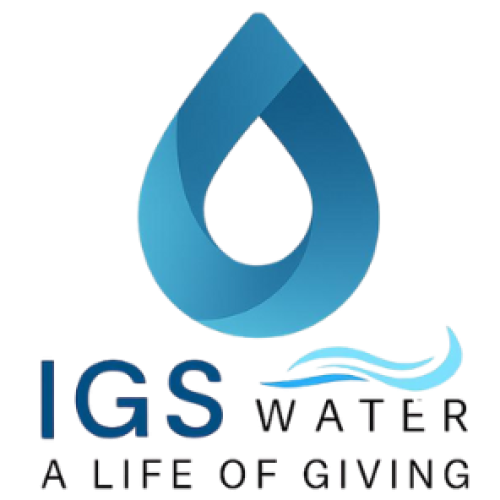When most people look at a pond or reservoir, they see a single body of water. But in reality, these water bodies often split into invisible layers — a process known as stratification — and this hidden separation can cause big problems for water quality, aquatic life, and maintenance costs.
What Is Stratification?
Stratification happens when water at different depths develops varying temperatures and oxygen levels. In the warmer months, sunlight heats the surface layer, while the deeper water remains cooler and stagnant. This results in:
- Oxygen-depleted bottom layers where fish and beneficial microorganisms can’t thrive.
- Build-up of harmful gases like hydrogen sulfide.
- Foul odors and unpleasant water color.
- Algae blooms fueled by nutrient imbalances.
Why It Matters
A stratified water system can look fine on the surface, but underneath, conditions are deteriorating. If left unchecked, this can lead to fish kills, excessive algae growth, and expensive remediation.
The Solution: Artificial Destratification
Our Pond Aeration (Destratification) System actively mixes water from top to bottom, breaking up temperature layers and ensuring even oxygen distribution. By continuously recirculating water through a conditioner and aerator, the system:
- Prevents stagnant zones.
- Reduces algae growth by disrupting nutrient accumulation.
- Balances the ecosystem for healthier aquatic life.
- Removes foul odors naturally.
Long-Term Benefits
Investing in destratification is not just about fixing current water issues — it’s about prevention. By maintaining a healthy, oxygen-rich environment year-round, you reduce future maintenance costs, protect aquatic life, and keep water visually clear and inviting.

